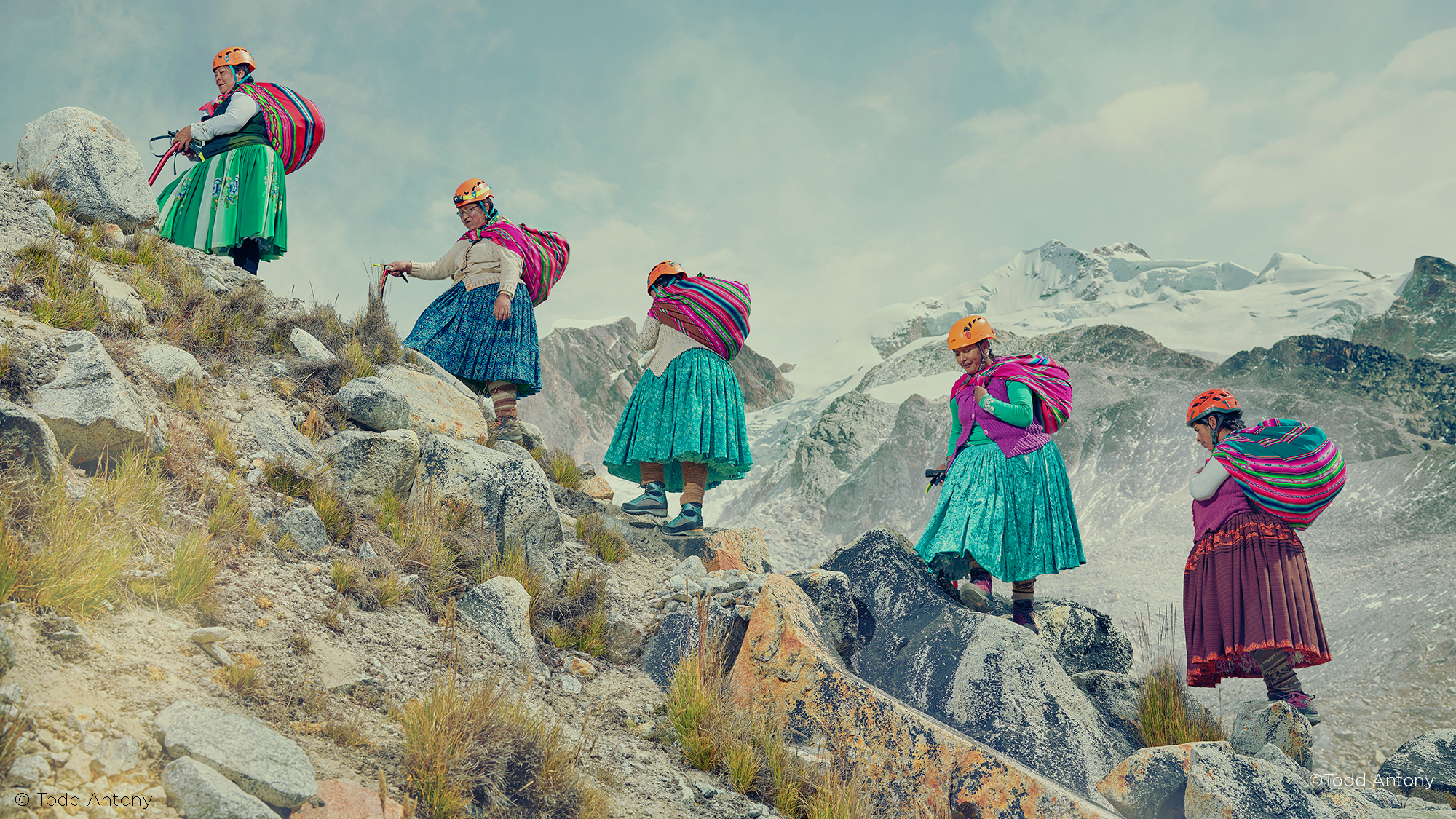Earlier this year, photographer Todd Antony headed to El Alto in Bolivia to shoot a personal, two-part project featuring a unique community of indigenous Aymara women who are breaking stereotypes and shifting perceptions. These women identify themselves as cholitas, a term that has historically been used pejoratively to describe them, but which they today wear as a badge of honour.
As recently as 10 years ago Cholitas, easily recognizable by their wide colorful skirts, braided hair and bowler hats, were socially ostracized, systematically marginalized and discriminated against. They were refused entry to some restaurants, on public transport or certain public spaces. While these women have been advocating for their rights since at least the 1960’s, their movement was further invigorated by the 2005 election of Evo Morales, Bolivia’s first Amerindian president. Since then the majority indigenous population have seen greater recognition and autonomy.
That’s the context in which a particular group of Aymara women who, until a few years ago, worked as cooks and caretakers for mountaineers from around the world, decided to become mountaineers themselves. These women had spent years at high camps, catering to the crews headed to the Andes. Some of them even married mountain guides, and they’d always wondered how it must feel to be “up there”. So in 2014 they decided to find out. Since then they’ve climbed seven significant peaks, and in January of this year, the Climbing Cholitas summited the 22,841ft peak of Mt. Aconcagua, the highest mountain outside of Asia. They did it by eschewing traditional climbing clothing in favour of their traditional, vibrant, billowing dresses, and using their traditional shawls instead of backpacks to carry equipment.
The adventures of the Climbing Cholitas inspired Todd to join them on another climb, this time on the 19,973ft Huayna Potosi mountain in Bolivia. While in El Alto, he also arranged to shoot another group of women known as the ‘Flying Cholitas’, who also became part of the project.
“Having the privileged opportunity to spend time with these unique groups of people and get a small glimpse into their lives is something absolutely immeasurable, and photography becomes the key that opens these doors.”
Much like their climbing compatriots, the Flying Cholitas have an inspirational story of rising–and quite literally fighting–their way out of adversity. Bolivia’s cholitas luchadoras started out in the early 2000’s when a group of women in El Alto got inspired by Mexico’s lucha libre style of wrestling. They wrestle in part for recreation and entertainment, but also as a way for sufferers of domestic abuse to take out their frustration and rebuild their confidence. Nowadays they headline events and even take on their male counterparts in the ring.
Something hidden from the beauty of these portraits and the surroundings is the huge challenge of shooting such a project. To get to Huayna Potosi and shoot the Escaladoras, Todd flew into El Alto, which sits on a high plateau at an oxygen-deficient 13,615ft in altitude.
From a distance, the city’s densely-packed brick houses almost look like they are heaping up to the plateau’s cliff edge before cascading down its precipitous face like water flowing over a waterfall, down to La Paz below it.
“Our flight rolled into the airport at around 1AM and the lack of oxygen quickly became apparent. Unloading our camera cases off the baggage carousel onto the trolley felt like we’d been running for half an hour. The next few days were spent in El Alto acclimatizing, planning the climb and shooting the Flying Cholitas part of the series. At nights, my body would impulsively wake up every couple of hours, trying to catch my breath as it adapted to the lack of oxygen.”
After a few days of shooting in El Alto, Todd headed to the mountain, along with Lidia Huayllas Estrada, Ana Lía Gonzales Magueño and her mother Dora Magueño Machaca, Cecilia Llusco Alaña and Elena Quispe Zincuta – the Climbing Cholitas. They climbed to around 16,000ft, which is probably about 1000ft higher than recommended to climb up to on the first day. They only had 2 days to shoot the climbers and no choice than to endure a degree of altitude sickness.
“At that height, without time to completely acclimatize, just holding your camera and shooting makes you stop for breath. And headaches. Absolutely thumping headaches, and the rest of your body just feels completely weird and exhausted. We took a few sucks on a can of oxygen at one point, but that only cleared the headache for around a minute at best. So the hardest part was probably trying to think clearly about what I wanted to shoot while my body was rather unsubtly telling me to get the hell down the mountain.”
Todd is a professional advertising photographer, but he’s committed to undertake 1-2 personal projects each year through which he documents and gets immersed into lesser-known communities and subcultures around the world.
“When I’m working on projects like this, the photography is obviously my primary reason for being there. But what makes each shoot special and keeps me wanting to find the next subject is the people. Having the privileged opportunity to spend time with these unique groups of people and get a small glimpse into their lives is something absolutely immeasurable, and photography becomes the key that opens these doors.”
“During the shoot with the Cholitas we had one of the most picturesque lunches ever, as we all sat at the foot of the Zongo glacier, the summit of Huayna towering above us, and had an Apthapi (communal meal) together. We didn’t all speak the same languages as each other, but in a way the shared experience was our way of communicating. My producers would translate when any of us wanted to ask questions directly, but other times we’d find ourselves able to work out what was being said by picking up the occasional word in conjunction with a tone of voice or a laugh. As humans we have an amazing ability to communicate without necessarily speaking, and I think there’s a lesson to learn in that.”
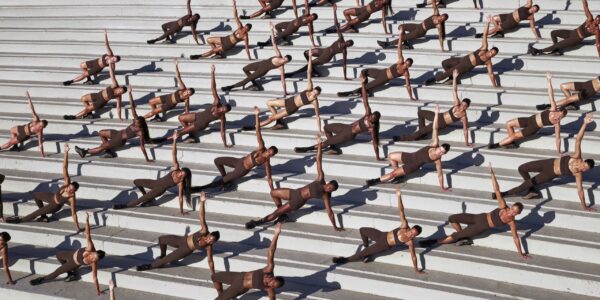
Photographer Stories
Nike x SKIMS ‘Bodies At Work’ by Rob Woodcox
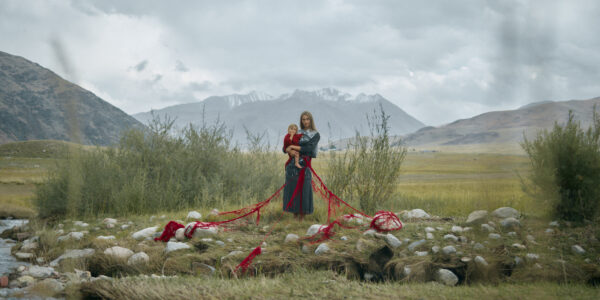
Photographer Stories
From vision to print: How Louise brings stories to life with medium format part 2
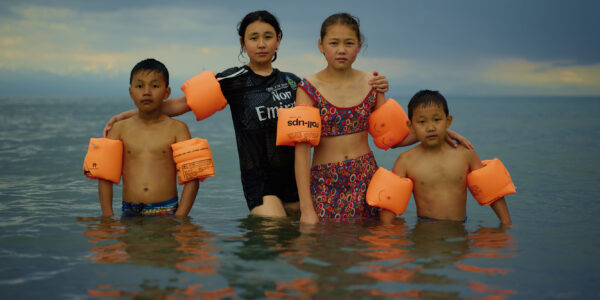
Photographer Stories
Intimacy in focus: Louise’s lens on humanity with Phase One part 1

Photographer Stories
Dimitri Newman: Vision is Just the Start
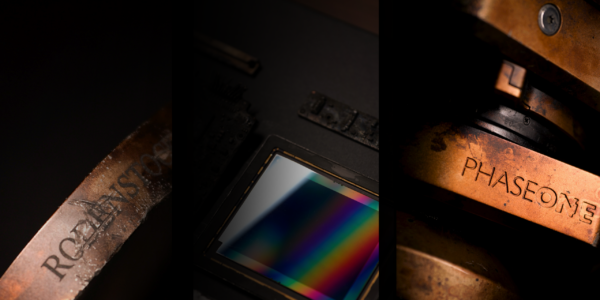
Photographer Stories
Ashes: The Rebirth of a Camera- Hexmalo
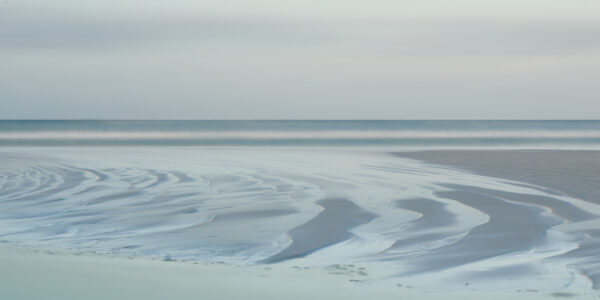
Photographer Stories
Chandler Williams: A Photographer’s Path
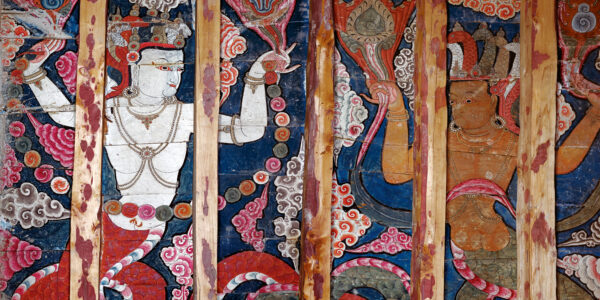
Photographer Stories
TABO- Gods of Light
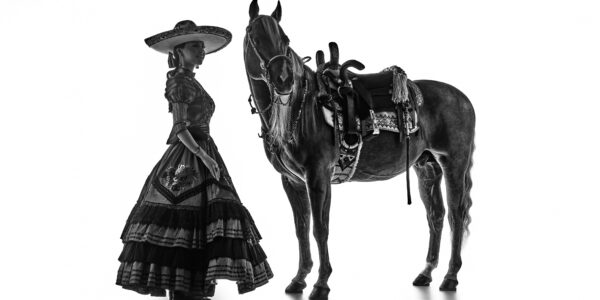
Photographer Stories
Loreto Villarreal – An Evolving Vision
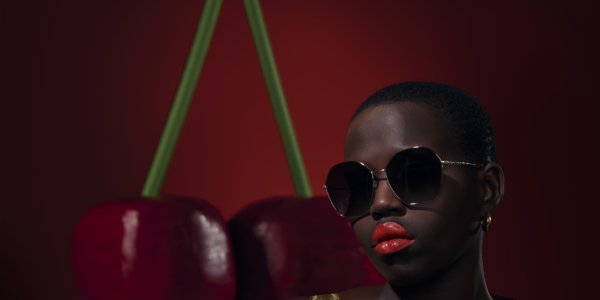
Photographer Stories
Tobias Meier – Storytelling Photography
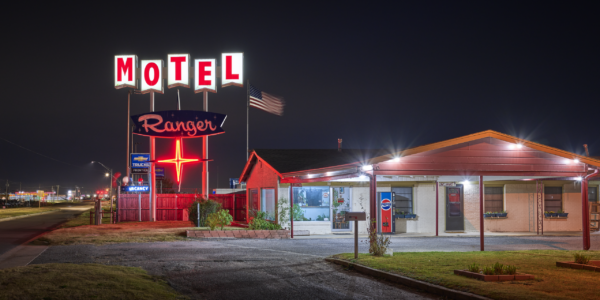
Photographer Stories
Gregory Essayan – Curating Reality

Photographer Stories
Total Solar Eclipse – Matthew C. Ng

Photographer Stories
Roger Mastroianni – Frame Averaging

Photographer Stories
Matthew Plexman – Bringing portraits to life

Photographer Stories
Prakash Patel – A Visual Design Story

Photographer Stories
Karen Culp – Food Photography Ideas
